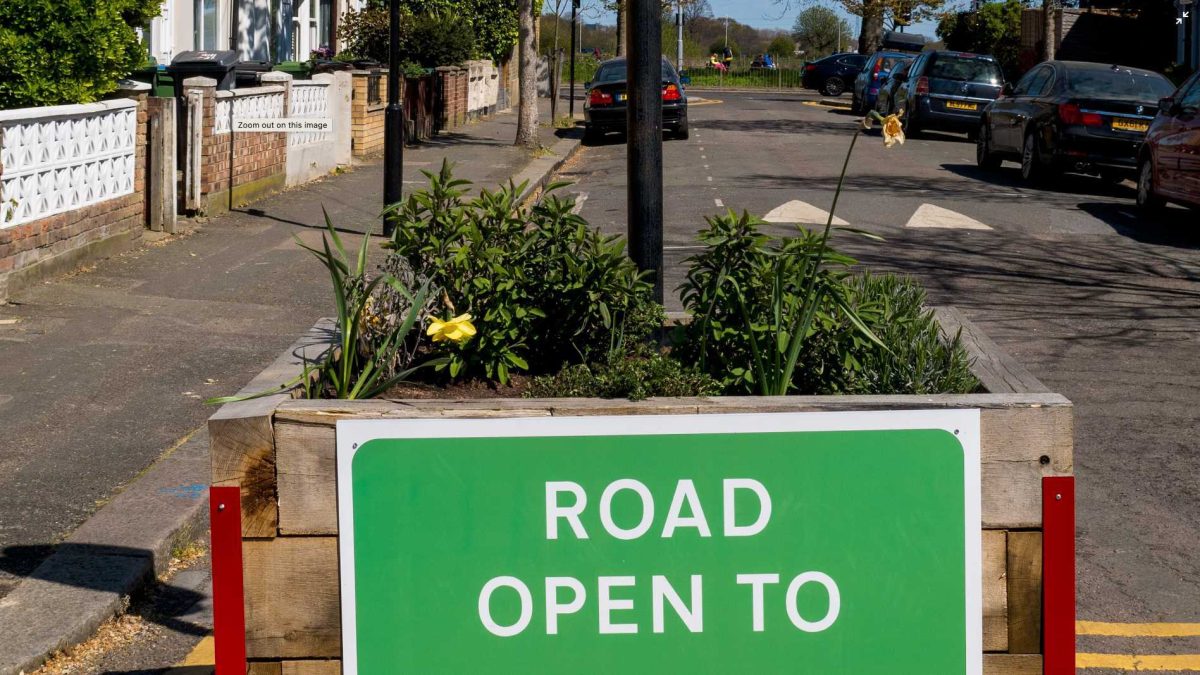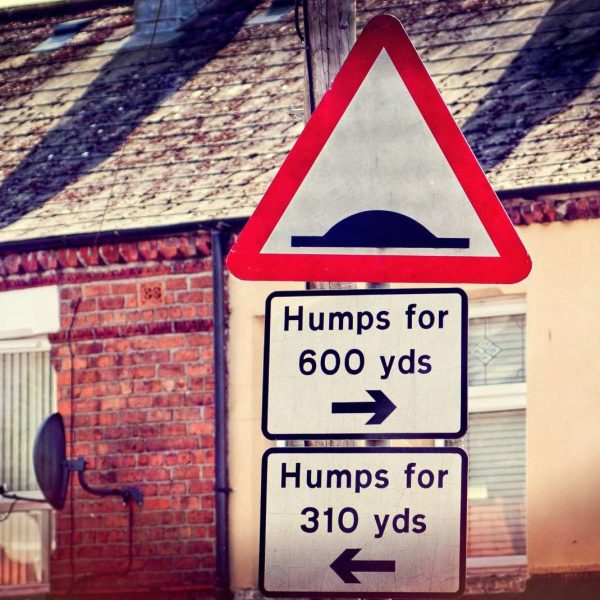
The History of Traffic Calming and Speed Tables
In an ever-growing world with increasing traffic congestion and safety concerns, the concept of traffic calming has emerged as a solution to create safer and more livable communities.
One effective traffic calming measure that has gained popularity in recent years is the implementation of speed tables. Let’s delve into the history of traffic calming and the development of speed tables as a means to promote safer streets.
The concept of traffic calming can be traced back to the late 1960s and early 1970s in Europe, particularly in the Netherlands. Faced with rising traffic volumes and a desire to create more pedestrian-friendly urban environments, Dutch transportation planners and engineers began experimenting with various strategies to slow down vehicles and prioritize the safety of vulnerable road users.
One of the earliest traffic calming measures introduced was the implementation of raised pedestrian crossings, also known as speed humps or speed cushions. These physical features were designed to force drivers to reduce their speed when approaching areas with high pedestrian activity. The success of these measures led to further experimentation and the development of more sophisticated traffic calming techniques.
In the 1980s, the Dutch introduced the concept of speed tables as an alternative to traditional speed humps. Speed tables, also referred to as raised platforms or raised crosswalks, are elongated raised sections of road that span the entire width of the street, creating a flat-topped surface.
The idea behind speed tables was to create a gentle, gradual rise and descent, rather than a sudden jolt experienced with speed humps. This design aimed to reduce discomfort for drivers while still effectively slowing down vehicles.
Effectiveness recognised
The adoption of speed tables quickly spread beyond the Netherlands to other countries in Europe and North America. Traffic engineers and urban planners recognized their effectiveness in reducing vehicle speeds and enhancing pedestrian safety. The flat-topped design allowed for a more comfortable ride while maintaining the desired speed reduction.
Over time, speed tables evolved to accommodate different road configurations and user needs. Variations included speed tables with ramps on both ends, making them more accessible for people with mobility challenges, and incorporating additional features such as landscaping or decorative elements to enhance their visual appeal. These adaptations not only improved functionality but also contributed to the aesthetic integration of speed tables into the surrounding environment.
The success of speed tables as a traffic calming measure can be attributed to several factors. Firstly, they create a physical barrier that forces drivers to slow down, making them highly effective in reducing vehicle speeds and promoting safer streets. Additionally, speed tables provide a visual and tactile reminder to drivers that they are entering a pedestrian priority zone, encouraging them to be more cautious and attentive.

Smoother traffic patterns
Furthermore, speed tables have been proven to have a positive impact on traffic flow. By regulating speeds and reducing the occurrence of abrupt braking and acceleration, speed tables contribute to a smoother traffic pattern and improved traffic efficiency. This has made them a favorable choice for both traffic engineers and local communities seeking to balance safety and convenience.
In recent years, the utilization of speed tables has expanded beyond urban areas to include suburban and even rural settings. Their versatility and effectiveness in controlling speeds have made them a valuable tool in addressing speeding concerns and enhancing road safety across various contexts.
In conclusion, the history of traffic calming and speed tables demonstrates a proactive approach to improving road safety and creating more livable communities. The origins of traffic calming techniques can be traced back to the Netherlands in the late 1960s, where the concept emerged as a response to increasing traffic volumes.
The development of speed tables as a traffic calming measure provided a more comfortable and effective alternative to traditional speed humps.
Their widespread adoption in Europe and North America is a testament to their success in reducing vehicle speeds and promoting pedestrian safety. As we continue to prioritize road safety and seek innovative solutions, speed tables will likely remain a valuable tool in creating safer and more harmonious streets for all users.
















